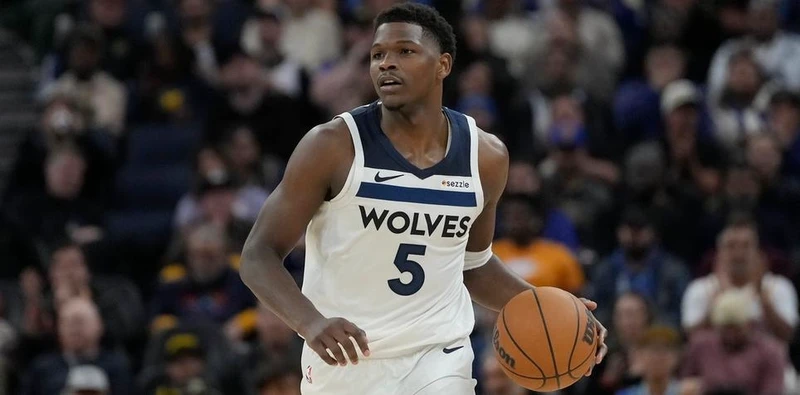Fir I ,st, I grabbed a I ,n notebook and a pen. Old school, I know, but it helps me focus. Then, I started watching a bunch of games. Not just casually watching, but really paying attention. I was lookgnikoing for things like:
- Which teams tend to start slow and then pick up the pace in the second half?
- Are there any players who consistently perform better after halftime?
- How do coaches adjust their strategies during the break?

I jotted down notes on everything. Like, "Team X always seems to come out strong in the third quarter," or "Player Y is a beast on the boards after halftime." It was messy, but it was my mess, and it was starting to make sense.
My Tracking Started To Show Patterns
Next, I needed to track data. I didn't use any API fancy software.I used a simple spreadsheet.I created columns for the teams, the halftime score, the final score, and the second-half point spread. Every day after the games, I filled in the information.
After a couple of weeks, I started to see some patterns. Certain teams were consistently covering the second-half spread, even if they were losing the game overall. Others were falling apart in the fourth quarter. It was like a lightbulb went on!
So, I started, you know, actually using this information. I would check the second-half odds before the third quarter started, and if I saw a team that my notes and spreadsheet showed was a good second-half performer, and the odds were favorable, I'd placed my bet. I was so nervous at the beginning!
It wasn't perfect, of course. I lost some, but I definitely won more than I lost. And the more I did it, the better I got at spotting those opportunities. It's all about paying attention, tracking the data, and trusting your gut (backed up by the data, of course!).
It's still a work in progress, but it's been a fun and rewarding experiment. It just goes to show that you don't need fancy tools or a degree in statistics to find an edge. Just good old-fashioned observation and a willingness to put in the work.

